Wildfires might have played a role in the waves seen during the COVID-19 pandemic last year, a new study suggests.
Researchers from Harvard’s TH Chan School of Public Health found that lung damage caused by inhalation of tiny particles from the blazes could increase the likelihood to contract Covid.
The damage could also make someone more likely to suffer a severe case of the virus, or even die.
The team found an increase of new cases of around 12 percent, and a nine percent increase of deaths about a month after the wildfires.
This means that two separate crises America is facing may be far more intertwined than previously believed.
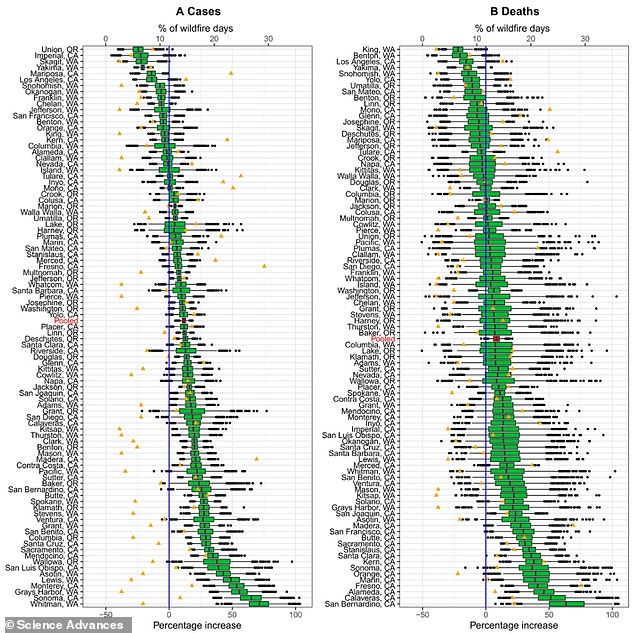
Many counties that experienced wildfires saw an increase in COVID-19 cases and deaths in the weeks following. This is because PM 2.5 particles that come from the fires often cause lung damage, making a person more susceptible to the virus
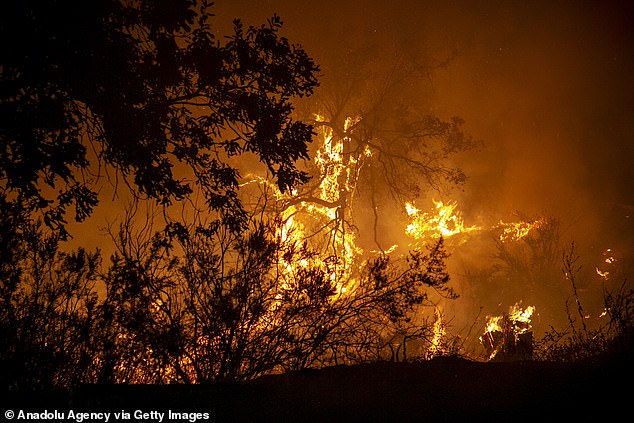
After a record fire season in 2020, 2021 may be even worse. Experts fear the fires can once again cause COVID-19 surges. Pictured: A fire erupts in Jendouba, Tunisia, as part of a wave of fires that have struck North Africa
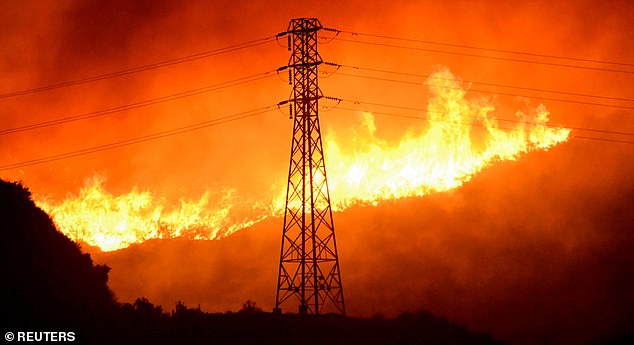
After a record fire season in 2020, 2021 may be even worse. Experts fear the fires can once again cause COVID-19 surges. Pictured: A wildfire burns in Sylmar, California
Researchers used data from 133 counties in California, Oregon and Washington from 2020 for the study, published in Science Advances on Friday.
They looked at days with high levels of PM2.5, tiny particles that can be inhaled deep into the lungs, which are often linked to wildfires.
Results showed an increase of around 12 percent in COVID-19 cases and nine percent in deaths in the 28 days following high levels of PM2.5.
Whitman, Washington, in the southeastern part of the state, was hit the hardest with cases, suffering a 71.6 percent increase in cases due to wildfires.
San Bernardino, California, which is around 60 miles east of Los Angeles, suffered the largest increase in deaths at 66 percent.
The team believes that the high levels of tiny particles cause people to inhale dangerous foreign materials.
These small, foreign, particles can cause lung damage, and make someone more susceptible to infection from viruses like COVID-19.
‘The U.S. Centers for Disease Control and Prevention states that ‘wildfire smoke can irritate your lungs, cause inflammation, affect your immune system, and make you more prone to lung infections, including COVID-19,” the researchers wrote.
Weakened lungs also lead to more severe cases of the virus, similar to how a condition like asthma can leave someone vulnerable, increasing the likelihood of hospitalization and death.
‘Considering that we are seeing an increased risk of cases from the Delta [variant] and we already have the wildfires, that’s going to be concerning,’ Francesca Dominici, co-author of the study and professor of biostatistics at Harvard, told CNN.
Last year was one of the worst wildfire seasons ever recorded in the United States, with more than five million acres of land burning.
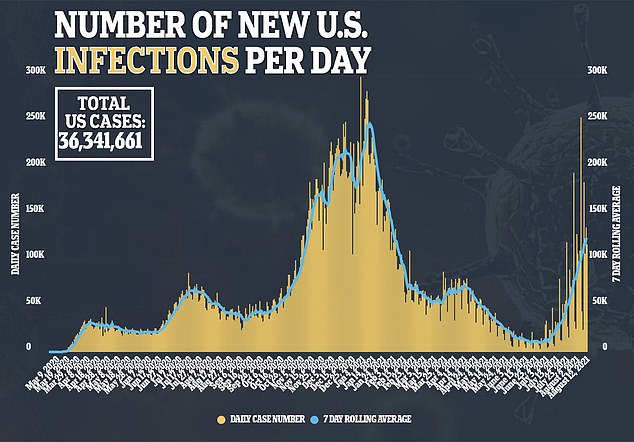
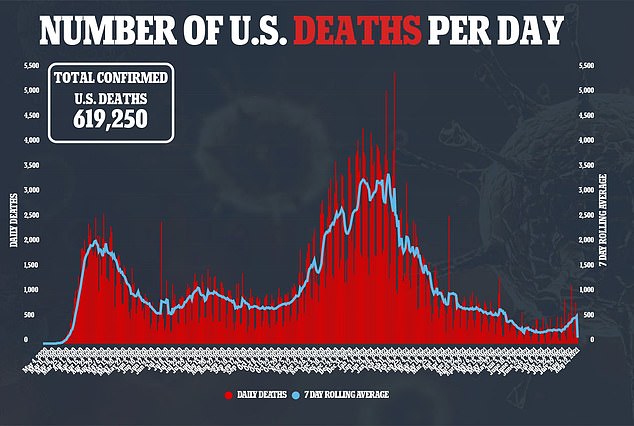
As climate change creates hotter, drier, climates in many parts of the world, scientists believe future wildfires could be even larger and more catastrophic.
This year may already be on pace to break records set last year.
The Dixie Fire in northern California alone burned through nearly a half-million acres of land at the starts of August – the biggest fire in the Golden State’s long history of wildfires.
Massive wildfires have also erupted in Montana, Siberia, Greece, North Africa and the Pacific Northwest.
Not only do these fires cause massive destruction, they will likely proceed COVID-19 outbreaks as well.
‘When you have a [wildfire] episode, we will see a huge increase in hospitalization for respiratory conditions or cardiovascular conditions — and that’s mostly the smoke, which is constituted mostly by PM 2.5,’ Tarik Benmarhnia, a climate change epidemiologist at Scripps Institution of Oceanography, told CNN.
This is not the first study tying spread of COVID-19 to particles in the air.
A study performed by researchers in Cyprus found that tree pollen could also play a role in the spread of the virus.
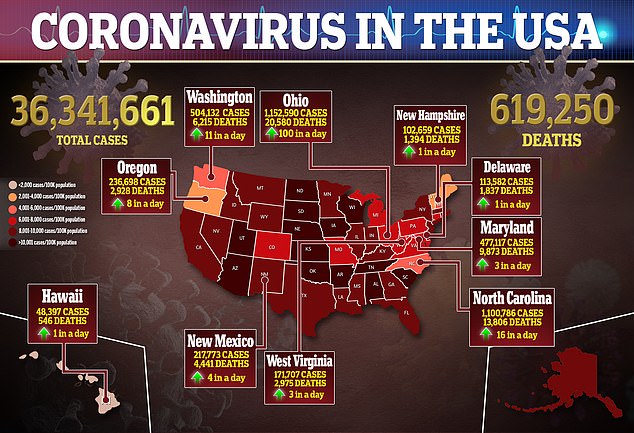
Source link : https://www.dailymail.co.uk/health/article-9892233/Lung-damage-caused-West-Coast-wildfires-increase-risk-infected-Covid.html











